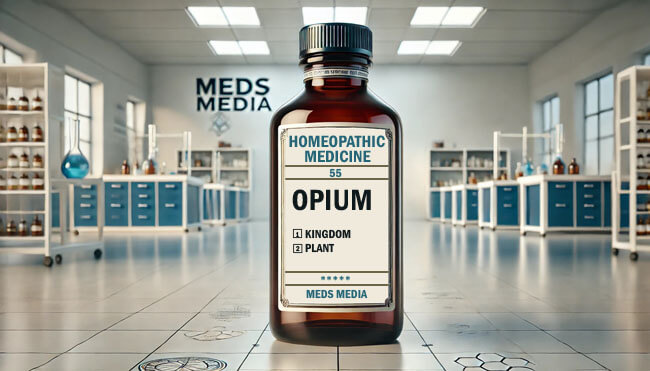RHUS TOXICODENDRON ( RHUS-T ) Homeopathic Uses & Treatment Insights
Rhus Toxicodendron, commonly known as poison ivy, is a widely used remedy in homeopathy. This remedy is particularly effective for skin conditions, rheumatic pains, mucous membrane disorders, and certain types of fever, especially those resembling a typhoid state. Rhus Tox has a marked impact on fibrous tissues, including joints, tendons, and aponeuroses, producing symptoms of stiffness, pain, and infection. Below, we provide an in-depth look into the symptoms and conditions treated by Rhus Toxicodendron, offering homeopathic insights for each.
Key Benefits and Uses of Rhus Toxicodendron
Rhus Toxicodendron is indicated for a variety of conditions, predominantly involving inflammation, stiffness, and infections, including:
- Rheumatic pains: Improves stiffness and pain in joints and tendons.
- Skin conditions: Treats infections, cellulitis, and eczematous eruptions.
- Post-surgical complications: Aids in recovery by reducing inflammation and infections.
- Septic conditions: Reduces infection severity and aids in healing.
Symptoms Treated by Rhus Toxicodendron
Mental and Emotional Symptoms
Materia Medica Insights:
Rhus Toxicodendron addresses a range of mental symptoms, including restlessness and fear.
- Restlessness with continuous position changes: Eases the overwhelming need for movement due to discomfort.
- Suicidal thoughts: Calms depressive feelings and restores emotional balance.
- Delirium and fear: Treats delirium, especially where there is a fear of being poisoned.
Headaches and Eye Conditions
Materia Medica Insights:
Rhus Toxicodendron provides relief for headaches and eye problems caused by exposure to cold and damp environments.
Head Symptoms
- Vertigo and headaches: Relieves headaches, especially those centered around the occiput and forehead.
- Board-like sensation on the forehead: The patient feels as though a board is strapped to their forehead, causing pressure and discomfort.
- Vertigo when rising: A sudden sensation of dizziness upon standing, often accompanied by a sense of instability.
- Brain feels loose: The brain seems to move inside the skull, especially when walking or rising, as though it’s striking against the skull.
- Occipital headache: Pain focused at the back of the head (occiput), which is particularly sensitive to touch.
- Humid scalp eruptions: The scalp becomes sensitive with moist, itching eruptions, especially worse when lying on the affected side.
Eye Symptoms
- Ocular inflammation: Reduces redness, swelling, and irritation, particularly in cases of iritis and corneal ulcers.
- Swollen, red, and edematous eyelids: Significant swelling around the eyes, often accompanied by orbital cellulitis.
- Pustular inflammation: The eyes become inflamed with pustules, particularly in cases of iritis.
- Corneal ulceration: Intense ulceration of the cornea with localized inflammation.
- Profuse hot tears: A gush of hot, scalding tears flows from the eyes when opening the eyelids, often related to eye strain or infection.
Skin Conditions
Materia Medica Insights:
Rhus Toxicodendron is highly effective in treating skin conditions, particularly those involving burning, itching, and eruptions with a tendency to form scales or suppurate. It is useful during the early stages of skin infections and septicemia.
- Vesicles, herpes, pemphigus: Beneficial for red, swollen, and intensely itching skin.
- Erysipelas and urticaria: Reduces swelling and alleviates pain.
- Cellulitis and eczematous eruptions: Calms inflammation and promotes healing.
Rheumatic Pain and Muscular Disorders
Materia Medica Insights:
Rhus Toxicodendron alleviates pain and stiffness in the joints, tendons, ligaments, and muscles, especially in cases of rheumatism that worsen in cold weather or post-exertion soreness.
- Rheumatism in cold weather: Relieves pain and stiffness in joints, particularly in the neck, loins, and extremities.
- Motion relieves symptoms: Movement improves stiffness, a unique characteristic of Rhus patients.
- Sciatica: Eases pain that worsens at night and in damp, cold weather.
Mucous Membrane Disorders
Materia Medica Insights:
Rhus Toxicodendron has significant effects on mucous membranes, addressing conditions like coryza, sore throat, and bronchial infections.
- Sneezing and coryza: Relieves nasal swelling and inflammation caused by cold and damp conditions.
- Sore throat and parotitis: Soothes swollen glands and throat inflammation.
- Bronchial coughs: Eases dry, persistent coughs, particularly in older adults.
Typhoid-Type Fevers and Septic Conditions
Materia Medica Insights:
Rhus Toxicodendron is indicated in cases of fever and septic conditions marked by extreme restlessness, dryness of the tongue, and exhaustion.
- Typhoid fever symptoms: Treats restlessness, dry brown tongue, and delirium.
- Intermittent fever with restlessness: Manages chills and fever with dry cough and trembling.
Gastrointestinal Issues
Materia Medica Insights:
Rhus Toxicodendron is beneficial for gastrointestinal discomfort, especially after eating, such as bloating, colic, and diarrhea.
- Abdominal bloating and colic: Relieves distension and painful cramps, especially when improved by motion.
- Diarrhea and dysentery: Aids in managing bloody stools and tearing pains.
Urinary and Reproductive Systems
Materia Medica Insights:
Rhus Toxicodendron helps treat conditions of the urinary tract and reproductive organs, especially in cases of swelling and inflammation.
- Dark, scanty urine: Addresses dysuria and urinary discomfort with high-colored urine.
- Swelling and itching in the genital region: Relieves itching and swelling of the scrotum, prepuce, and vulva.
Cardiovascular Conditions
Materia Medica Insights:
Rhus Toxicodendron is helpful in managing heart and lung conditions, particularly when breathlessness or overexertion is involved.
- Heart palpitations: Calms irregular and weak pulses, especially post-exertion.
- Irregular pulse: Quick, weak, and irregular pulse, often accompanied by numbness in the left arm (a sign of cardiac strain).
Ear and Nose Symptoms
Materia Medica Insights:
- Ear pain: Sensation of blockage or something lodged in the ears.
- Bloody ear discharge: Pus mixed with blood, indicating infection.
- Nosebleeds: Occurs especially when stooping or bending forward.
- Swollen nose: Red, sore, ulcerated, and swollen, often seen in colds or sinus infections.
Facial Symptoms
Materia Medica Insights:
- Erysipelas: Swelling of the face, especially around the cheeks and jawbones.
- Cracking jaws: Audible cracking or clicking while chewing, with a tendency for jaw dislocation.
- Facial neuralgia: Sharp facial pain, typically worse in the evening or in cold weather.
Mouth Symptoms
Materia Medica Insights:
- Teeth sensitivity: Teeth feel elongated and loose, with tender gums.
- Red, cracked tongue: The tongue appears dry, red, and cracked, with a triangular red patch at the tip.
- Fever blisters: Blisters around the mouth and chin, often during fever.
Throat Symptoms
Materia Medica Insights:
- Swollen glands: Enlargement and tenderness in the throat glands, causing difficulty swallowing.
- Parotitis: Inflammation of the parotid gland, often on the left side.
- Sticking pain: Sharp, sticking pain during swallowing.
Abdomen Symptoms
Materia Medica Insights:
- Inguinal gland swelling: Painful swelling in the groin region.
- Ascending colon pain: Severe pain in the ascending colon, relieved by lying on the abdomen.
- Flatus with motion: Rumbling gas that dissipates with movement, particularly in the morning.
Rectum Symptoms
Materia Medica Insights:
- Dysentery: Tearing pains extending to the thighs, with bloody, mucous-filled diarrhea.
- Cadaverous odor in stools: Foul-smelling stools, indicating severe gastrointestinal issues.
- Frothy, painless stools: Frothy stool passed without pain, common in some dysentery cases.
Urinary Symptoms
Materia Medica Insights:
- Dark and turbid urine: Cloudy, dark urine with white sediment.
- Dysuria: Painful urination with a loss of blood.
Male Symptoms
Materia Medica Insights:
- Swollen prepuce and scrotum: Red, swollen, and inflamed prepuce and scrotum with intense itching.
Female Symptoms
Materia Medica Insights:
- Pelvic joint stiffness: Stiffness in the pelvic joints, particularly after rest.
- Early and profuse menses: Menstrual cycles that are early, prolonged, and offensive-smelling.
Respiratory Symptoms
Materia Medica Insights:
- Dry cough with chill: Dry, persistent cough that worsens from midnight to morning, often with chills.
- Hemoptysis: Bright red blood coughed up due to overexertion.
- Respiratory distress: Relieves tickling coughs and chest tightness.
Back Symptoms
Materia Medica Insights:
- Pain between the shoulders: Pain between the shoulder blades, exacerbated by swallowing.
- Nape stiffness: Pain and stiffness in the back of the neck, worsened by inactivity.
Extremity Symptoms
Materia Medica Insights:
- Hot, painful swelling of joints: Joint inflammation, especially in the knees, with stiffness.
- Pain along the ulnar nerve: Tearing pains extending down the limbs.
- Numbness after overwork: Tingling and numbness in fingers and feet after exertion.
Fever Symptoms
Materia Medica Insights:
- Adynamic fever: Fever with restlessness, trembling, and weakness, often seen in typhoid conditions.
- Chills with dry cough: Chills followed by heat, accompanied by dry cough and restlessness.
Sleep Symptoms
Materia Medica Insights:
- Heavy, stuporous sleep: Sleep feels like a stupor, with vivid dreams of exertion.
- Sleeplessness before midnight: Difficulty falling asleep before midnight due to restlessness.
Modalities
Materia Medica Insights:
- Worse during cold, wet weather: Symptoms worsen in cold, wet, or rainy conditions, particularly at night and when resting.
- Better with motion and warm applications: Symptoms improve with movement, walking, or the application of warmth, which alleviates stiffness and pain.
Dosage and Potency
- Rhus Toxicodendron is typically prescribed in potencies ranging from the 6th to 30th, with the 200th potency recommended for cases of poisoning. In chronic or severe cases, higher potencies may be used.
Complementary Remedies
- Bryonia, Calcarea fluorica, and Phytolacca complement Rhus Toxicodendron’s action, particularly in cases of rheumatism.
Antidotes
- The effectiveness of Rhus Toxicodendron can be enhanced with bathing in milk and Grindelia lotion, especially in cases of poison ivy-related skin eruptions.
Disclaimer:
This information is for educational purposes only and is not a substitute for professional medical advice, diagnosis, or treatment. Always consult your physician or a qualified healthcare provider regarding any medical condition. Use homeopathic remedies under the guidance of a certified practitioner.
Select Your Homeopathic Medicine Dose and Potency
Potency Selection Guide
Relationship of Remedies
Rhus Toxicodendron Personality in Homeopathy
Similar Posts

NITRO MURIATICUM ACIDUM HOMEOPATHIC MATERIA MEDICA | Uses, Symptoms & Benefits Guide
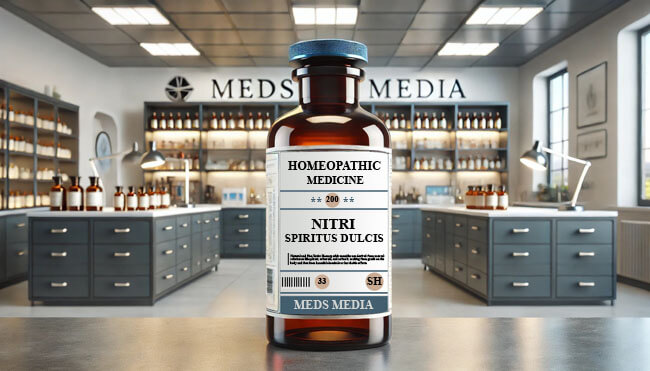
NITRI SPIRITUS DULCIS HOMEOPATHIC MATERIA MEDICA | Uses, Symptoms & Benefits Guide
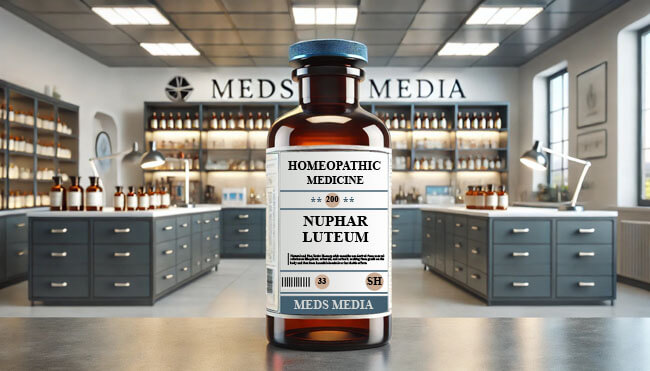
NUPHAR LUTEUM HOMEOPATHIC MATERIA MEDICA | Uses, Symptoms & Benefits Guide
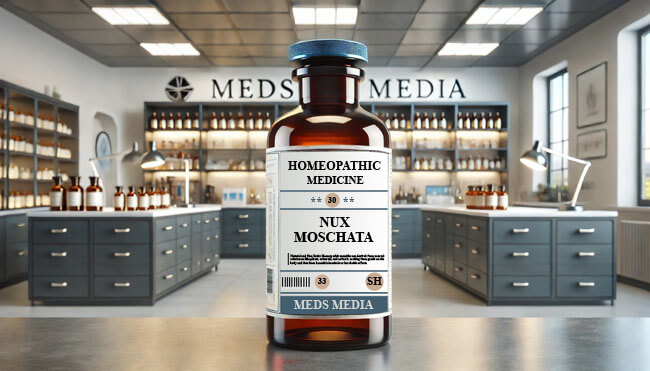
NUX MOSCHATA HOMEOPATHIC MATERIA MEDICA | Uses, Symptoms & Benefits Guide
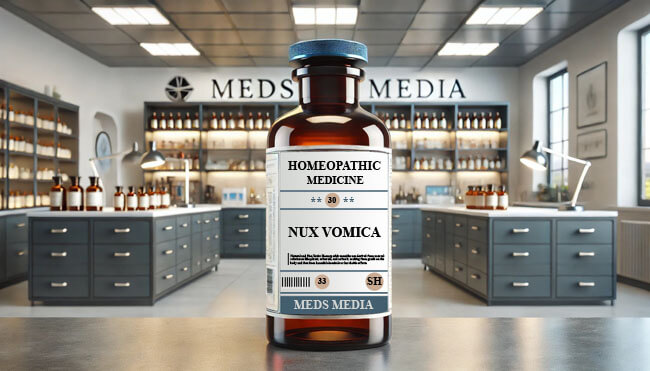
NUX VOMICA HOMEOPATHIC MATERIA MEDICA | Uses, Symptoms & Benefits Guide
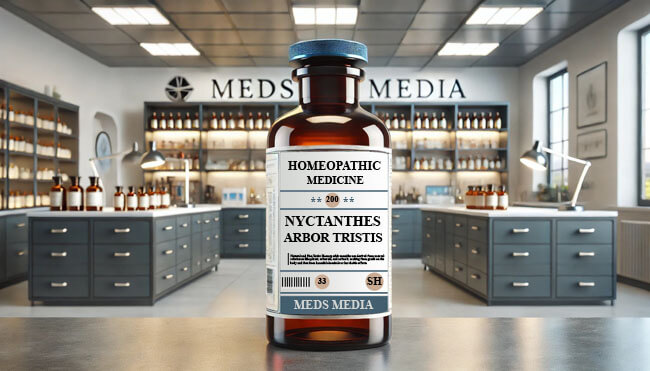
NYCTANTHES ARBOR TRISTIS HOMEOPATHIC MATERIA MEDICA | Uses, Symptoms & Benefits Guide
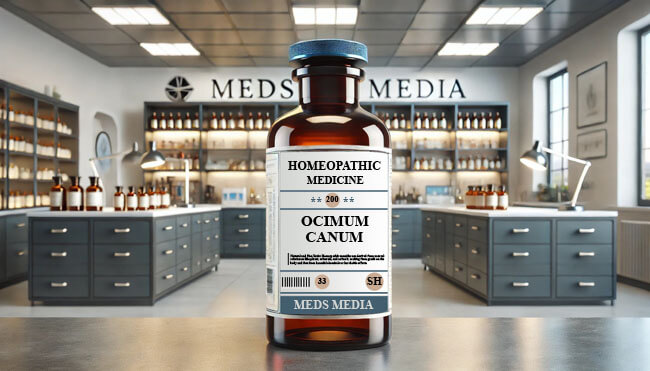
OCIMUM CANUM HOMEOPATHIC MATERIA MEDICA | Uses, Symptoms & Benefits Guide
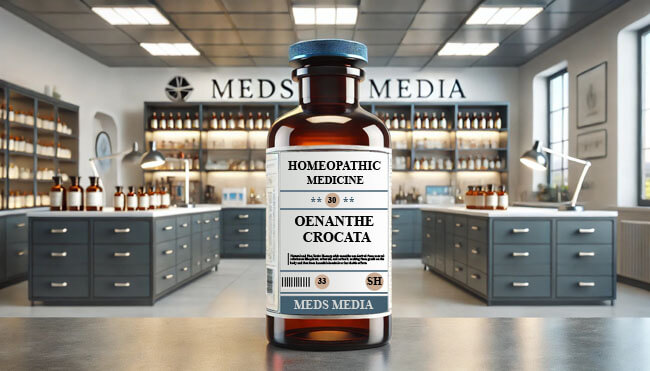
OENANTHE CROCATA HOMEOPATHIC MATERIA MEDICA | Uses, Symptoms & Benefits Guide
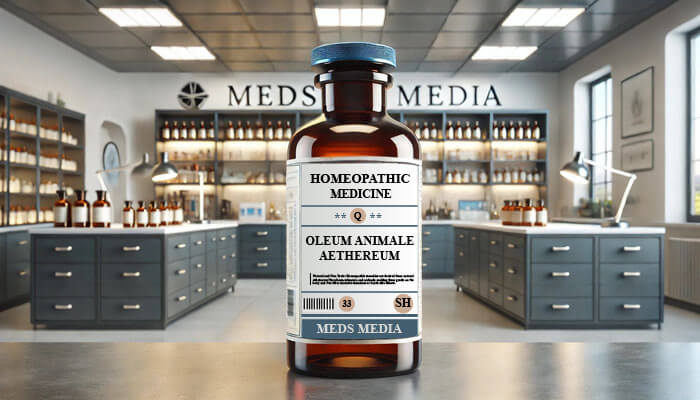
OLEUM ANIMALE AETHEREUM: HOMEOPATHIC MATERIA MEDICA – Symptoms Guide
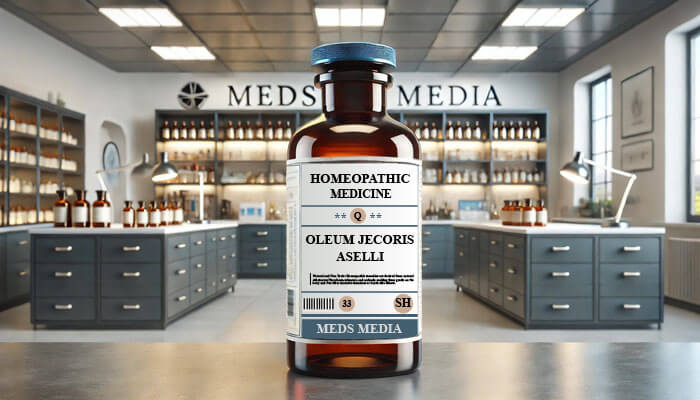
OLEUM JECORIS ASELLI: HOMEOPATHIC MATERIA MEDICA – Symptoms Guide

OLEUM SANTALI: HOMEOPATHIC MATERIA MEDICA – Symptoms Guide

OLEANDER: HOMEOPATHIC MATERIA MEDICA – Symptoms Guide
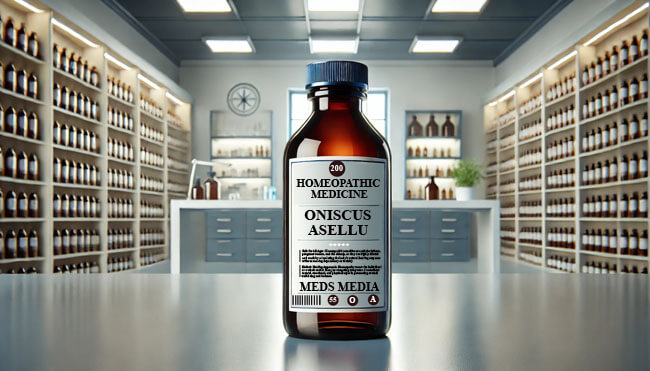
ONISCUS ASELLU: HOMEOPATHIC MATERIA MEDICA – Symptoms Guide

ONOSMODIUM VIRGINIANUM: HOMEOPATHIC MATERIA MEDICA – Symptoms Guide
